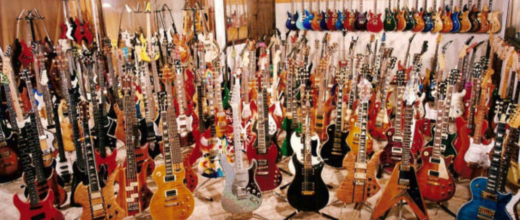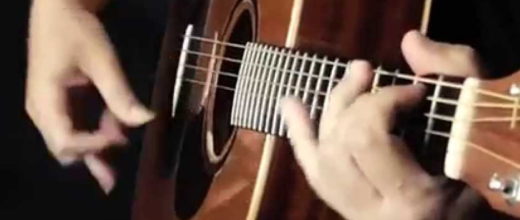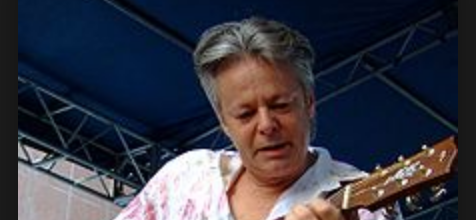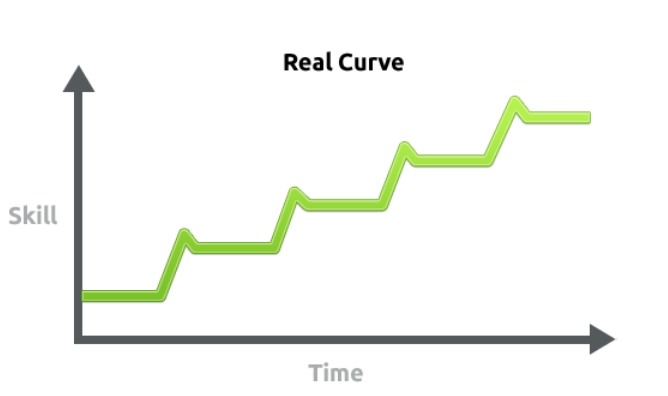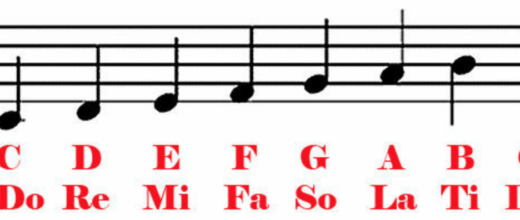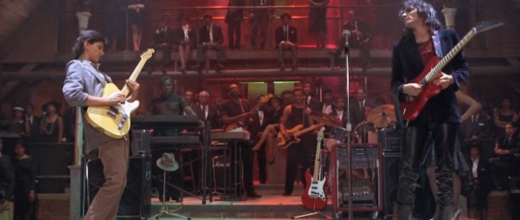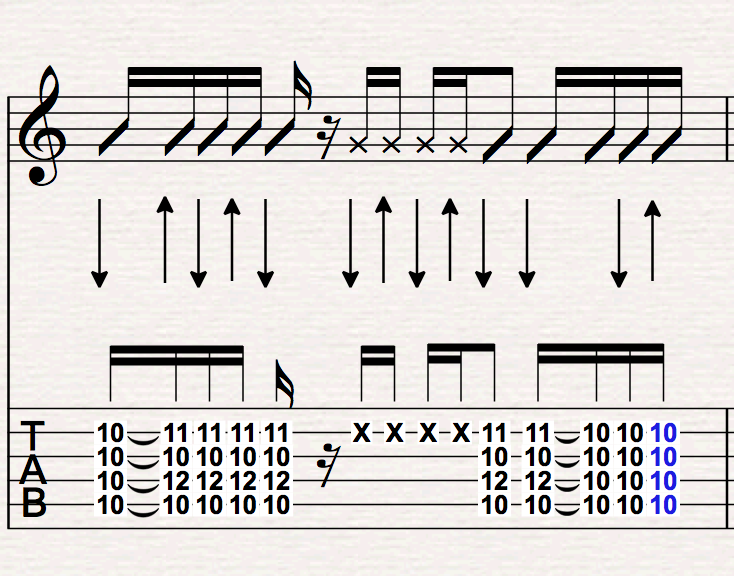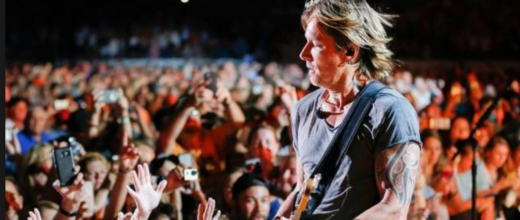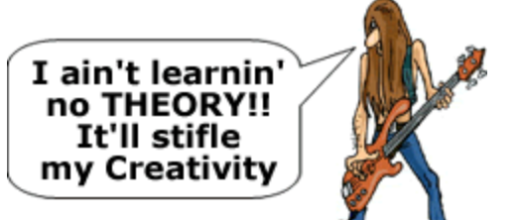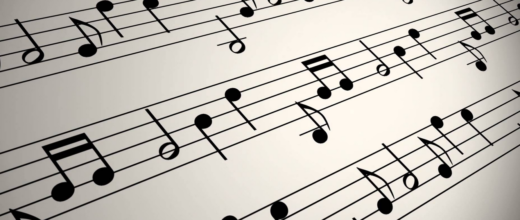Choosing a guitar and guitar teacher if you’re just starting out and have no idea what you’re doing can be confusing for sure. . The big thing I suggest with finding a teacher and buying your first guitar is, kinda like when you’re looking for a business partner or finding a romantic partner, you really need to go on ‘gut feeling’. Maybe I’m drawing a long bow by comparing finding a partner to picking up a musical instrument, but guitars are serious business to me…I ain’t messing round.
I’ll go more into finding a teacher in my next blog.
Let’s start with the guitars. If you’ve never played at all before and you’re not at all sure that guitar is even for you, then you need to start cheaply.
A $100 Valencia nylon string acoustic will do fine, you can find them online at a link such as this..
Only problem with buying online though is you don’t get to try before you buy, which means my little ‘gut feeling’ approach is thrown out the window, the next best approach is to go into a guitar shop. One thing I’ll warn you about is guitar shop salesmen; they can be a breed all their own. Some of them, certainly not all of them, can feel like used car salesmen. They’re in the business of making money of course, but once upon a time when they only had the guitar shop down the road to compete with, now they have the internet to compete with and the only thing that outwits them over the internet shops is that they can put the guitar in your hands and convince you as a beginner that you need to spend $500 on a guitar when really you only may need to spend $100.
What you want to consider is how it feels in your hands. I’m going to assume here that you have had at least one lesson and know how to play a chord, or at least the five notes of Peter Gunn. If you can do that much you will probably be able to pick up a guitar and see how comfortable it feels. If playing a basic chord feels painful or too difficult, or the guitar just feels too big or uncomfortable then move on right along! It should be like when you’re looking at a house or apartment to live in, it should just feel right.
Don’t be afraid to look at second hand guitars as well. Most guitars aren’t like televisions or iPhones which usually won’t last longer than 3-10 years. Just like antique furniture or instruments such as violin or piano, guitars are generally made to stand the test of time. A $500, 20 year old acoustic guitar can sound just as good as a brand new one that’s the same price or more, but again you want to go for that comfortable ‘right’ feeling.
Finally, guitars just like cars have many brands that have developed reputations over the years. If you’d rather not spend more than $150-200, look for Yamaha, Cort, Valencia and Ashton. More expensive guitars $400-500+ include Fender, Ibanez and Gibson. These brands I’ve just mentioned are well known around the world and can be trusted by any beginner looking to get started.
Ok, well, I hope that helps. Let me know what you think.
Practice, Practice, Practice.
Troy

